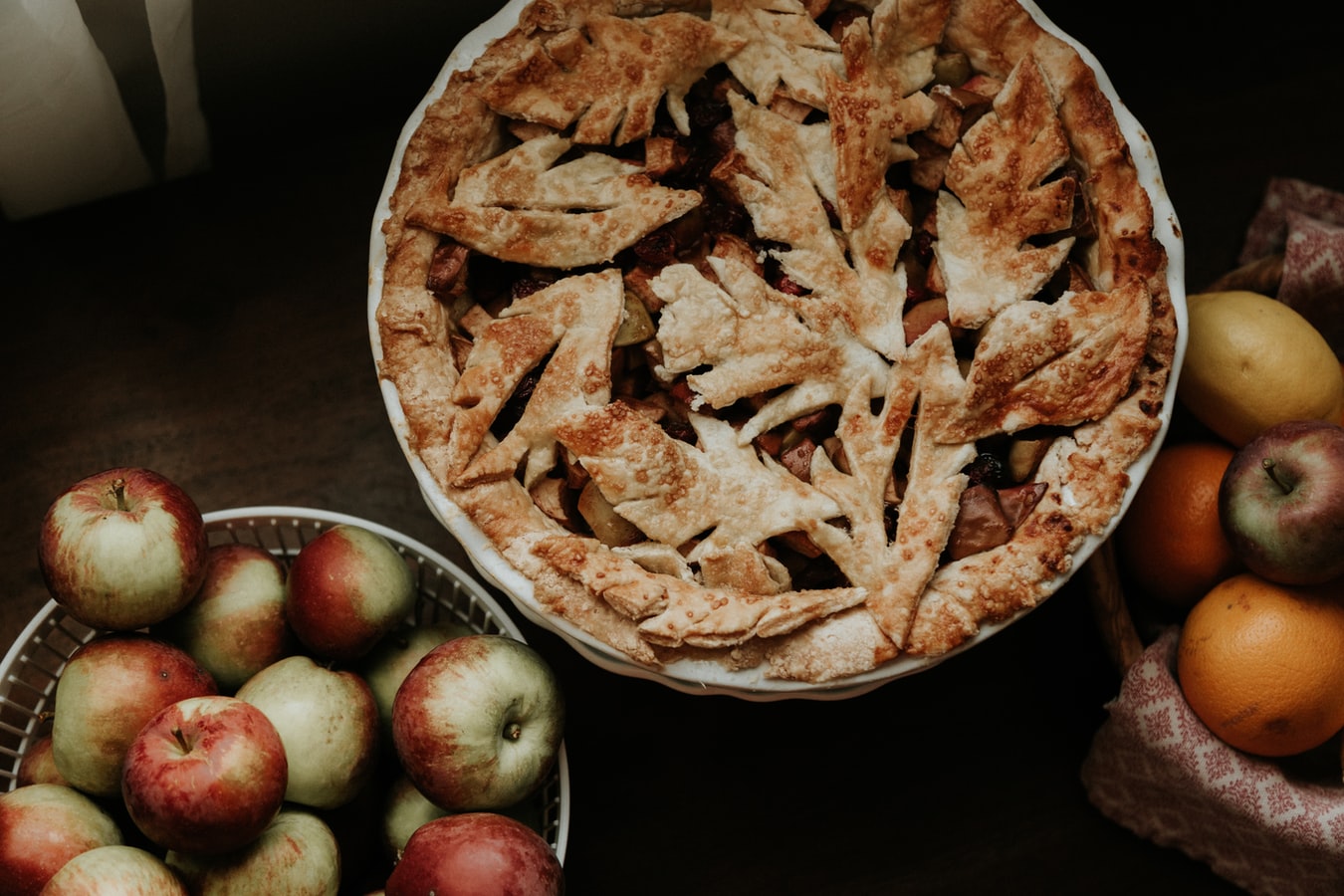When and why do consumers prefer aesthetically imperfect foods?

Some companies design processed foods to contain aesthetic imperfections such as non-uniformities in shape, color, or texture. Simultaneously, consumers annually discard millions of pounds of unprocessed, safe-to-eat fruits and vegetables owing to aesthetic imperfections. Why design processed foods with aesthetic imperfections when we discard unprocessed foods because of them?
Professor Koert van Ittersum along with Jacob Suher (Portland State University, USA) and Courtney Szocs (Louisiana State University) addressed this question. In seven studies (including a choice study at a grocery store and an incentive-compatible study) Van Ittersum and colleagues show that the effect of aesthetic imperfections on consumer preferences depends on whether foods are unprocessed or processed and inferred human care.
Perceived human care
Van Ittersum explains: “While imperfections negatively influence preferences for unprocessed foods, they positively influence preferences for processed foods. Consumers attribute the imperfections to the human care involved in the production process. That is, consumers attribute imperfections in processed foods to high levels of human care during production. Imperfections in unprocessed foods, on the contrary, are attributed to a lack of human care during production. Building on research highlighting the positive effects of human presence in production, we thus show that perceived human care drives food choice.”
Grown with care
How can manufacturers and retailers use these insights to increase preference for aesthetically imperfect fruits and vegetables and ultimately help reduce the amount of produce wasted annually? Van Ittersum suggests two low-cost, easy-to-implement tactics. First, grocery stores may use signs/labels such as “Grown with care” or “Made with care” to communicate to the consumer that human care was involved in the production process. Alternatively, grocery stores and restaurants can cut, blend, or otherwise transform these fruits and veggies and use them in salads, smoothies, juices etc.
For more information, please contact Koert van Ittersum

More news
-
09 December 2025
Are robots the solution?
-
10 November 2025
Decentralization of youth care
